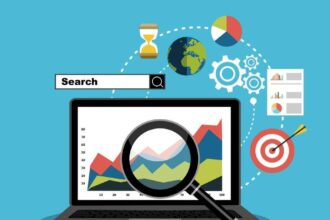 I have suffered from bad headaches most of my life, but over the last few years they seemed to be getting worse. Discussing this with my doctor, he asked lots of questions: How often do you get headaches? Do they occur at the same time of day? How long do they last? Are they always severe or sometimes mild? How many doses of over-the-counter medication do you take per headache?
I have suffered from bad headaches most of my life, but over the last few years they seemed to be getting worse. Discussing this with my doctor, he asked lots of questions: How often do you get headaches? Do they occur at the same time of day? How long do they last? Are they always severe or sometimes mild? How many doses of over-the-counter medication do you take per headache?
 I have suffered from bad headaches most of my life, but over the last few years they seemed to be getting worse. Discussing this with my doctor, he asked lots of questions: How often do you get headaches? Do they occur at the same time of day? How long do they last? Are they always severe or sometimes mild? How many doses of over-the-counter medication do you take per headache?
I have suffered from bad headaches most of my life, but over the last few years they seemed to be getting worse. Discussing this with my doctor, he asked lots of questions: How often do you get headaches? Do they occur at the same time of day? How long do they last? Are they always severe or sometimes mild? How many doses of over-the-counter medication do you take per headache?
Since I have been a data management professional for over twenty years, I felt kind of stupid when I realized that what my doctor was asking for to aid his medical diagnosis was . . . data.
So for the next two months, in preparation for my follow-up appointment, like a good human sensor, I diligently collected data about my headaches. For severity, I used a scale of 1 to 5, where 1 was so mild I didn’t need medication, and 5 was so severe I had to lie down for a while in a dark and quiet room.
As I collected the data, I felt certain I was building a solid case for how bad my headaches were. I had no doubt that the data analysis would prove me right — but I couldn’t have been more wrong.
Although I remembered frequently having headaches, most of which I recalled being quite severe, the data begged to differ. On average, I had 3 headaches per week. Only 33% rated above a 3 on my severity scale. Only 25% required multiple doses of over-the-counter medication. And, despite this being my biggest previous complaint to my doctor, only 10% of my headaches lasted most of the day.
How could my memory of those two months disagree so much with the data?
In psychology, the term negativity bias is used to explain how bad evokes a stronger reaction than good in the human mind. This psychological phenomenon causes us to pay more attention to, and give more weight to our memories of, negative rather than positive experiences.
Negativity bias made me remember the few times when I had a really bad headache, and forget the far more frequent times when I did not. As it turned out, my doctor’s prescription of data analysis proved he didn’t need to prescribe me stronger headache medication.
Data analysis helps us evaluate business problems, but sometimes it can give us a headache when its results force us to confront a bias we have about our business problems.
(negativity bias / shutterstock)









